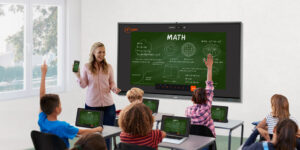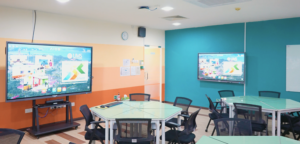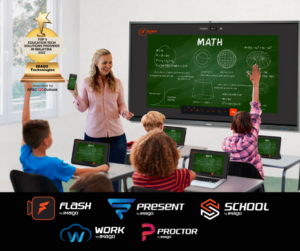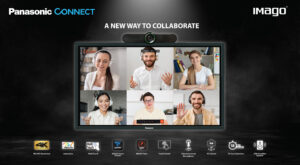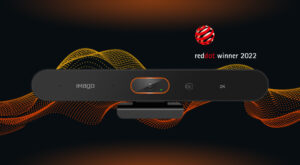EDUCATION
Interactive Flat Panel (IFP) for education – not all are made equal
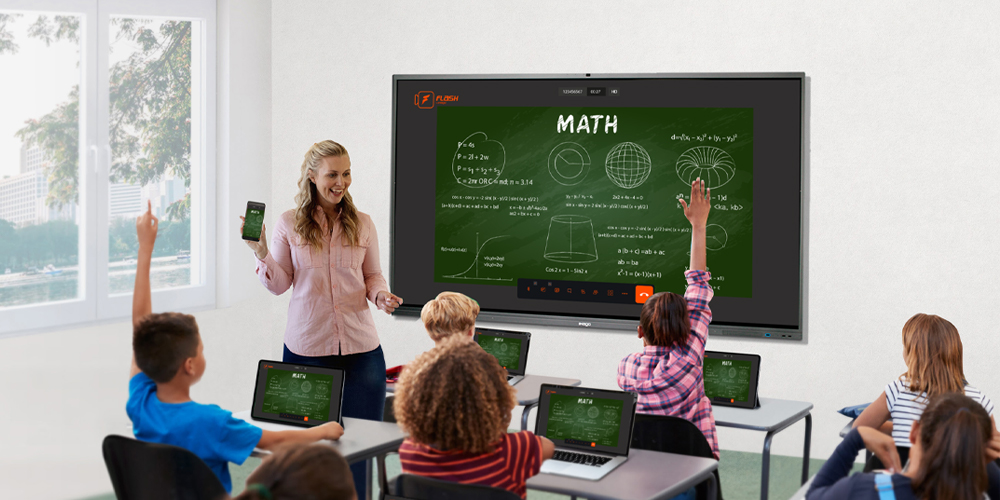
In today’s tech-driven world, how educators teach significantly impacts the quality of learning in students. Schools are constantly trying to make classrooms interactive and student-centered to enrich the learning journey. Interactive displays have been an essential advancement that has transformed classrooms, making them hybrid and hands-on.
However, so many options are available in the market for front-class interactive displays that choosing the best becomes impossible. Interactive flat panels beat many smart boards because of their flexibility, interactivity, and high-tech features. These flat panels facilitate hybrid classrooms encouraging class participation through audiovisual learning that upgrades teaching standards. If you are planning to purchase an interactive flat panel (IFP) for your school, our guide will help you choose the one packed with the best features.
What are interactive flat panels (IFP)?
Interactive flat panels are like large TV displays encouraging collaboration and operation from multiple devices. These flat boards can be connected to people in the same room and those studying remotely. IFP’s high definition, audiovisual tools, advanced touch screen, and connectivity are reasons schools are replacing regular projectors with it.
Interactive flat panels integrate students into the teaching method where they can add comments, share notes with peers, ask questions and submit assignments. Some interactive panels offer cloud storage where teachers can share notes and resources.
How are IFPs better than smartboards?
Before IFP, almost every school had interactive whiteboards with a projector to cast content from a laptop. These boards require touch or a laser pen to operate. Although they are a level up to traditional whiteboards and blackboards, they still limit classrooms to a lecture-only style.
Since smart boards require a projector to operate, they usually require much maintenance from an IT professional. These boards require regular lamp replacement and adjustment, and their projection brightness dulls over time. IFP has barely any maintenance cost because it doesn’t rely on projectors. These panels do not cast shadows and have high touch sensitivity, encouraging the use of various pens, fingers, and even paintbrushes!
Smartboards also fall behind in screen resolution and display images and videos with poor-quality pixels. IFP presents high-definition results which make classrooms interactive and increase interest in students to the content they see. These panels can be operated from any device, unlike smartboards that require strenuous effort to connect using cables and power sockets.
How to choose the right IFP for your classroom
If you are convinced to get a flat panel, it is time to learn about the features essential in an IFP to facilitate your hybrid classroom sessions.
High definition
An interactive flat panel should have high-resolution results. The higher the resolution, the sharper and crispier your images and videos will look. Most IFPs offer basic high definition; however, some flat panels go above and beyond to offer ultra-high definition, also known as 4k resolution.
Easy to use
An IFP should be user-friendly and make teaching smooth. This happens when the model is equipped with an advanced interface that doesn’t require special training to operate. It should also have features like AI pens with character and shaper recognition, annotation, and built-in tools to facilitate different subjects like math and science.
Collaborative
Interactive flat panels are getting popular because they facilitate collaborative learning. These panels can be operated from multiple devices and engage students in person and remotely. It also offers quizzes, assignment submissions, video conferencing, and a webcam to make classrooms more holistic.
Built-in with the Right Audio-Visual Tools
An interactive flat panel must have built-in audio-visual tools to facilitate video conferencing for online classes as well as for the effective teaching and learning process in a classroom. This system must be capable enough to cater to a large classroom and shouldn’t rely on an external source. An IFP with such robust built-in capabilities saves added cost of an external camera, speakers, and mic, not to mention adding to the clutter of the entire setup. The built-in mic and speakers should also be able to prevent echo and noise disturbances.
Connectivity
Interactive flat panels come with a wired or wireless internet connection. An ideal IFP supports a Wi-Fi connection so teachers and students can connect easily to the smart panel using mobile phones, tablets, and laptops. Additionally, the flat panel must support video conferencing as that is an integral element of a hybrid classroom. Although a stable wireless connection is good enough, some advanced versions offer multiple connectivity options like USB, HDMI, VGA, and stereo ports.
Screen size
The size of your flat panel matters a lot. The perfect size depends on your classroom size and what you expect to use the panel for. An IFP packed with the best features will be useless if half of the class cannot see what is written on the board. Another factor in determining the right size is who will interact with the panel. A wall-mounted panel that is too high may not be ideal for younger children as it may be inconvenient for them to look up for too long.
Classroom management features
What makes an IFP better than a regular smart board is that it not only presents the material in high resolution but also gives everyone a chance to participate. Teachers can mute students or open the forum for questions; students can also share their input by drawing or writing directly on the smart panel through their devices. Moreover, some models offer cloud storage for uploading documents, resources, and assignments.
Inclusion of teaching content
An ideal IFP facilitates better classroom management for the teacher by including teaching content. Teachers don’t have to make manual notes first, instead, they can manipulate the screen to add resources. This reduces the time spent preparing classroom material.
How IMAGO Edu Board ticks all the boxes
Finding the right IFP can be a challenge. This is not the case with solutions like the IMAGO Edu Board. This all-in-one system facilitates remote and in-person learning through video conferencing, recording, a 360-degree microphone, and speakers. It encourages students to participate in class through the multi-touch board that can be accessed easily using a QR code. This flat panel benefits hybrid classrooms as students can easily edit and access documents on the cloud. It also allows teachers to reverse broadcasts by directly sending content to students’ devices.
Teachers also get to interact with multiple classrooms with IMAGO Smart Present. IMAGO Edu Board is perfect for encouraging student participation as it has a built-in sound system, camera, and microphone. It makes classes engaging and helps you to save up on the cost and integration of projectors, external speakers, and microphones.
Share article
Newsroom


